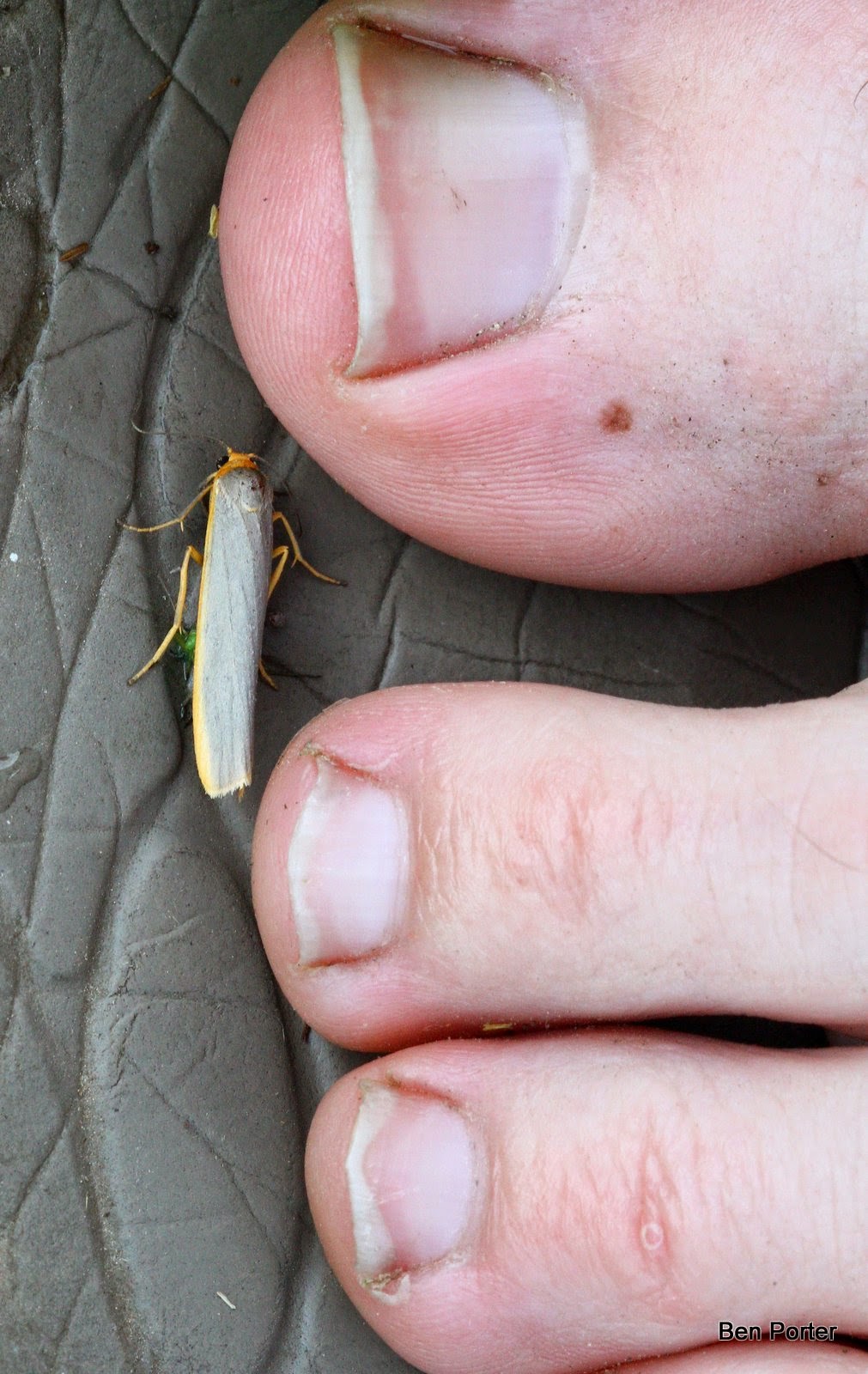With very little precipitation over the last few weeks, running water and small ponds are becoming increasing scarce around the island. A handful of select pools and puddles fed by wells are greatly appreciated by the island's birdlife. In the hot and dry conditions experienced at the moment, the rate of water loss in birds is increased, as they lose water through the skin and through panting to speed evaporation through the lungs. Drinking is therefore essential to replace lost water. In addition, bathing in the water actively maintains the bird's plumage. One particular small pool along the track has been attracting a whole host of species from around the island, including Linnets, Meadow Pipits, Goldfinches, Stonechats, Swallows, Pied Wagtails, Blackbirds and even Magpies. Here is a selection of images from this tiny oasis:

Juvenile Linnet
Male Linnet
Juvenile Linnets
Male Linnet
Male Stonechat
Swallow
The scabby and very tatty-looking breeding Meadow Pipits (top two), to compare with a recently-fledged Meadow Pipit (lower)
Some Wheatears have managed to fledge second broods around the island- this particular individual fledged in the last day or so
Contrary to our expectations, it appears that the number of auks breeding on the East Side has not been adversely affected by the large loss of birds overwinter. In fact, the numbers appear to be higher than in previous years, with Puffin counts reaching record highs in comparison to the last ten years. Counts of up to 140 birds on the north-east side of the mountain is much higher than last year's maximum figures. However, we do not know what effect the causalities from winter have had on the age structure of the birds on the east side
The 7th was one of the best days so far this year for moths, with over 200 individuals in each of the four traps which were set out. Species counts of as many as 38 in one trap were also observed. Particular highlights from the 7th included the island's second records of Bordered Sallow, Buff Arches and May Highflyer, as well as the Nationally Scarce Eana penziana. The first Bee Moth of the year was trapped, whilst Pyrausta despicata reached counts of over 200 on the East Side.
A comparison between two quite similar species: Double Square-spot above (note the straighter leading edge, the overall paler colour tone and less rounded appearance), and Triple Spotted Clay below.
Buff Arches. Although this is a very common garden moth on the mainland, this is just the second record for Bardsey
Bordered Sallow- the two records this month are the only Bardsey records of another common garden moth
You guessed it...Scarce Footman



















Seriously Ben, those toes are not fit for website publication!
ReplyDeleteApart from the toes the rest of the photos are superb, love the bathing birds.
ReplyDeleteHaha David, you'll be pleased to know that they are not my toes...thanks Shirley for the comment!
ReplyDelete